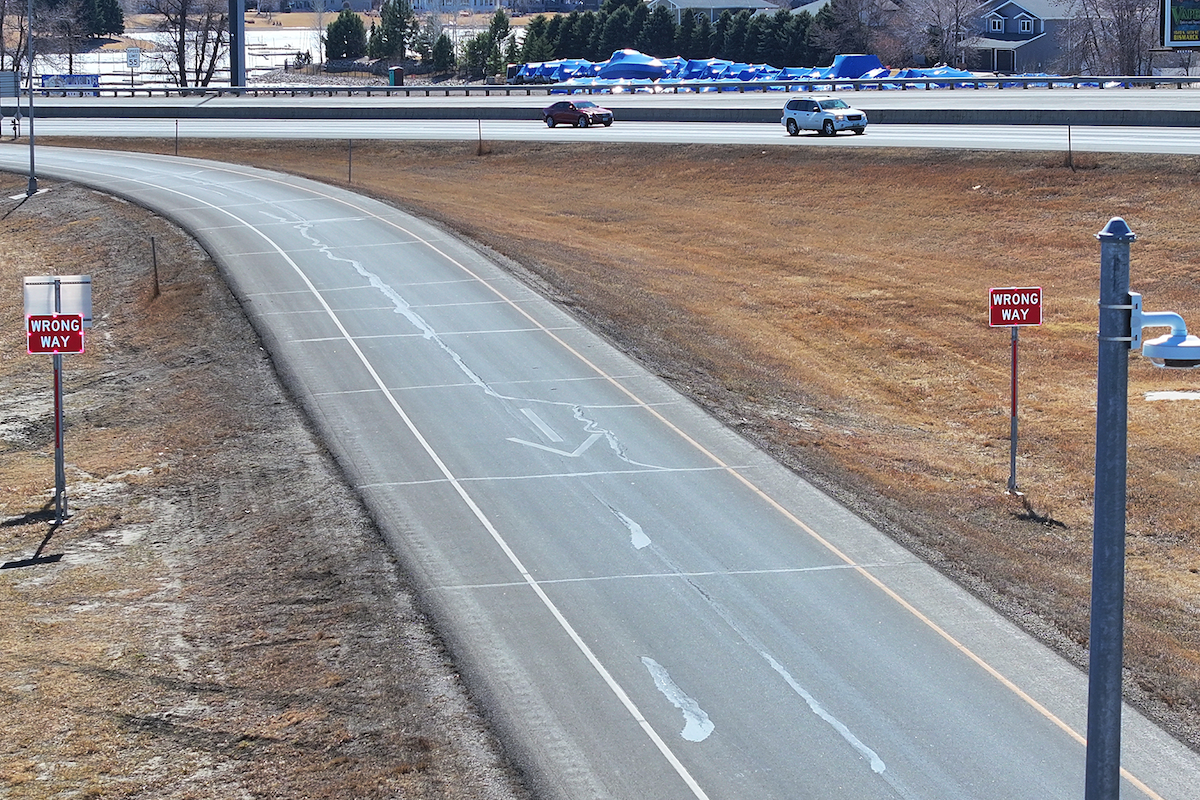Available as a free download on both iOS and Android platforms, the new AIHA Heat Stress Mobile App differentiates from other apps in its approach, based on an adjusted Wet-Bulb Globe Temperature (WBGT) — which accounts for air temperature, humidity, and wind — as well as user-inputted factors. Other heat stress apps calculate heat index, which is the “feels like” temperature.
“As the climate continues to change, AIHA recognized the need to better protect workers from heat stress — which is why our team of occupational and environmental health and safety experts worked so diligently to develop an app that can more accurately gauge heat stress risks in real time unlike any tool offered previously,” said Lawrence D. Sloan, CEO of AIHA. “We encourage outdoor workers and employers, large and small, to test our new app during this beta phase and provide us with feedback to help us fine-tune the app’s functionality to better protect workers from heat-related illnesses.”
Developed by leading heat safety experts from AIHA’s Thermal Stress Working Group and in partnership with East Carolina University, the AIHA Heat Stress Mobile App is available for open beta testing before a broader application launch expected in September 2024.
- Location (multiple locations can be selected)
- Intensity of workload (users can select light, moderate, heavy, or very heavy)
- Clothing type (users can choose from six different options)
- Cloud coverage (degree of sun exposure)
- Preferred language (English, Spanish, French, or Portuguese)
From the data provided, along with data from the local National Weather Service, the app calculates the user’s WBGT and associated heat stress risk level. Based on this calculated risk, the app delivers important notifications and reminders, with a timer function that alerts users when it is recommended to rest and hydrate; recommended heat stress prevention measures; warning signs of heat-related illness; and first aid recommendations to assist a worker in distress.

| Your local Trimble Construction Division dealer |
|---|
| SITECH Northwest |
“The AIHA app supports not only the outdoor workers who are monitoring their own heat-related risks, but it can also be used by managers who are able to input locations manually to track working conditions in real time,” said Margaret C. Morrissey-Basler, Ph.D., Assistant Professor, Department of Health Sciences at Providence College and Chair of AIHA’s Thermal Stress Working Group. “This allows managers to make decisions about the impact heat has on their workers’ health and safety and adjust workloads accordingly.”
While the new app monitors WBGT in real time, another distinguishing feature is the ability to forecast WBGT up to five days in the future, which can help employers plan and adjust their work schedules, Dr. Morrissey-Basler noted.
While both the AIHA Heat Stress Mobile App and the Heat Safety Tool released by OSHA and the National Institute for Occupational Safety and Health (NIOSH) in 2017 have several similar features, a significant difference is that the OSHA/NIOSH app calculates heat risk based on the heat index rather than the more accurate WBGT. The AIHA Heat Stress Mobile App is not a replacement for the OSHA/NIOSH app, but the new app utilizing the WBGT is a more advanced version that both employees and employers can use, with additional tools designed to calculate high and extreme heat stress risks more accurately for workload types.
The app can assess weather data throughout North, Central, and South America, and plans are underway to ensure its functionality worldwide.
Dr. Morrissey-Basler noted that exposure to extreme heat can result in occupational illnesses caused by heat stress, including heat stroke, heat exhaustion, cardiac events, kidney injury, or even death. Heat can also increase workers’ risk of injuries, as it may result in sweaty palms, fogged-up safety glasses, or dizziness, and may reduce brain function responsible for reasoning ability.
A separate section for employees outlines personal risk factors for heat-related injuries or illnesses on the job, tools to assess personal fluid needs, and important warning signs and symptoms of exertional heat stroke. In addition, employers can find strategies to establish evidence-based heat stress protocols designed to safeguard both indoor and outdoor workers.







































































